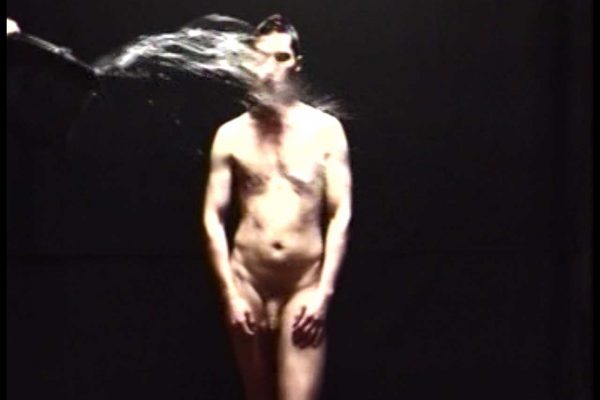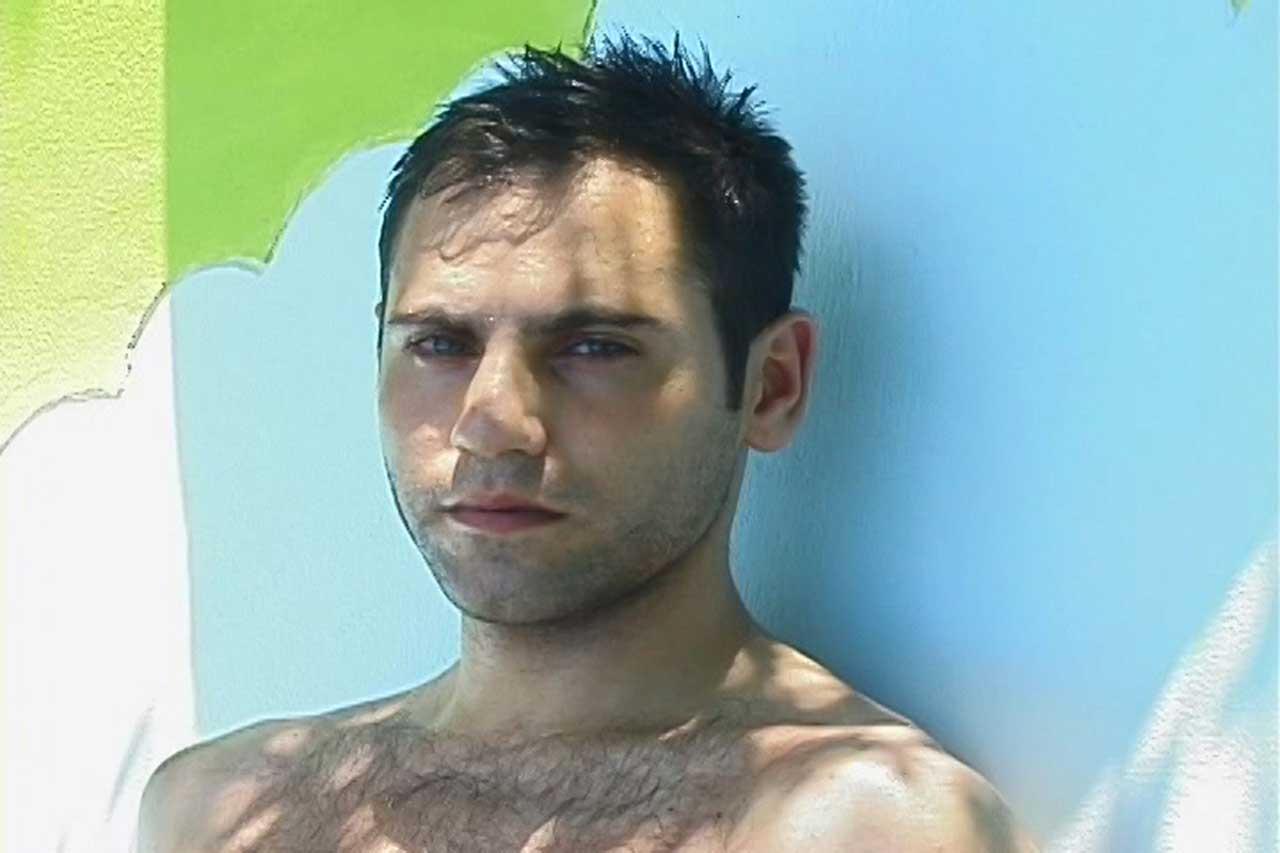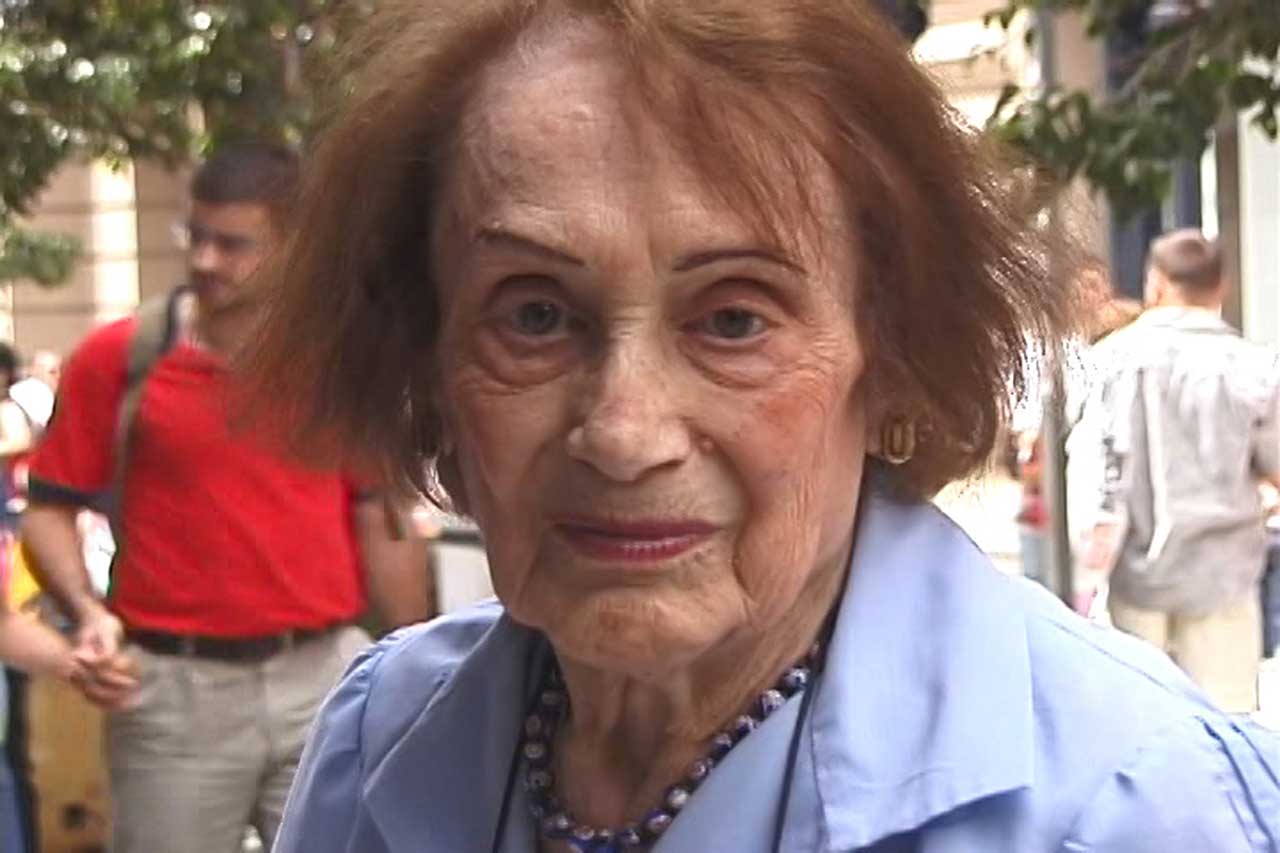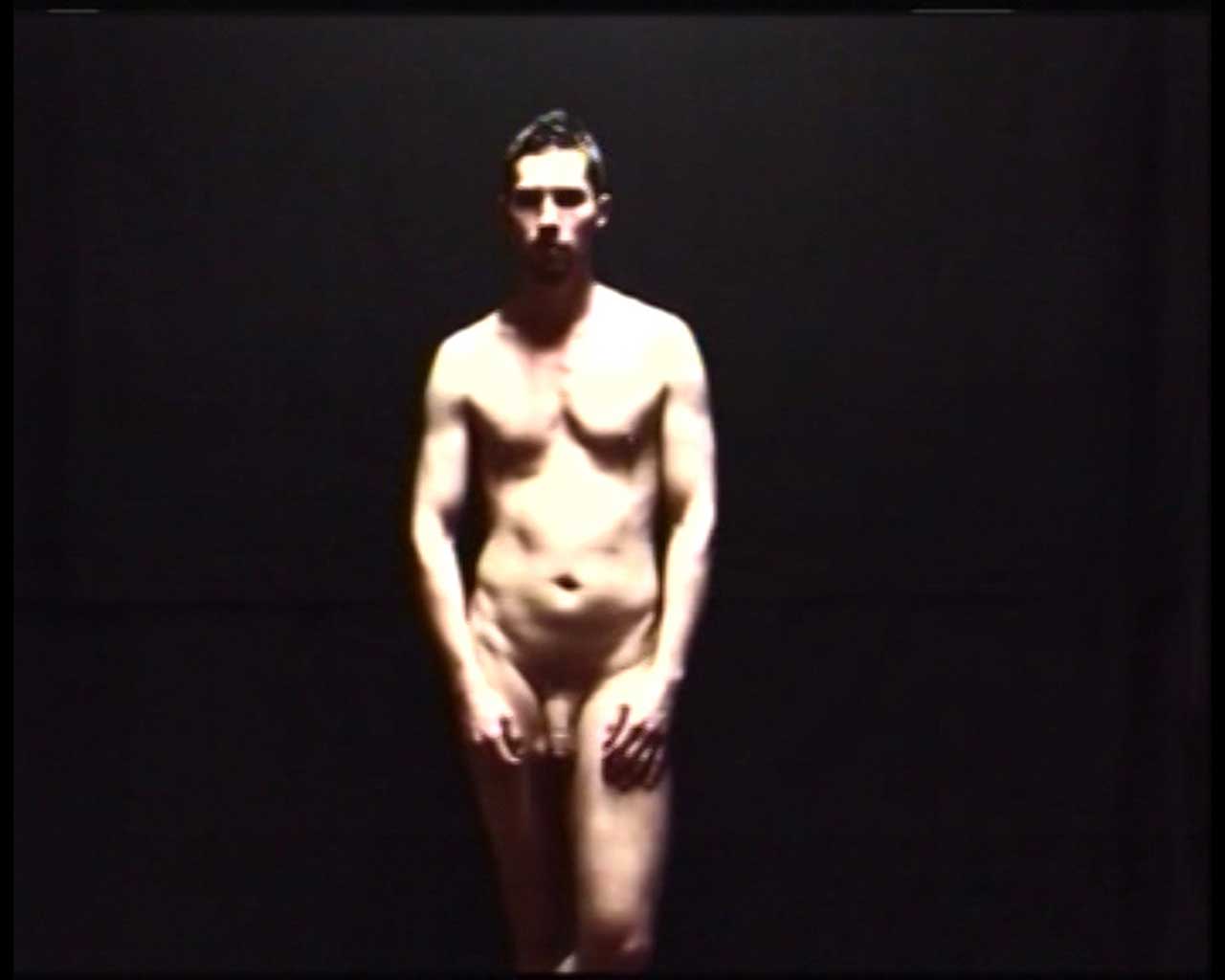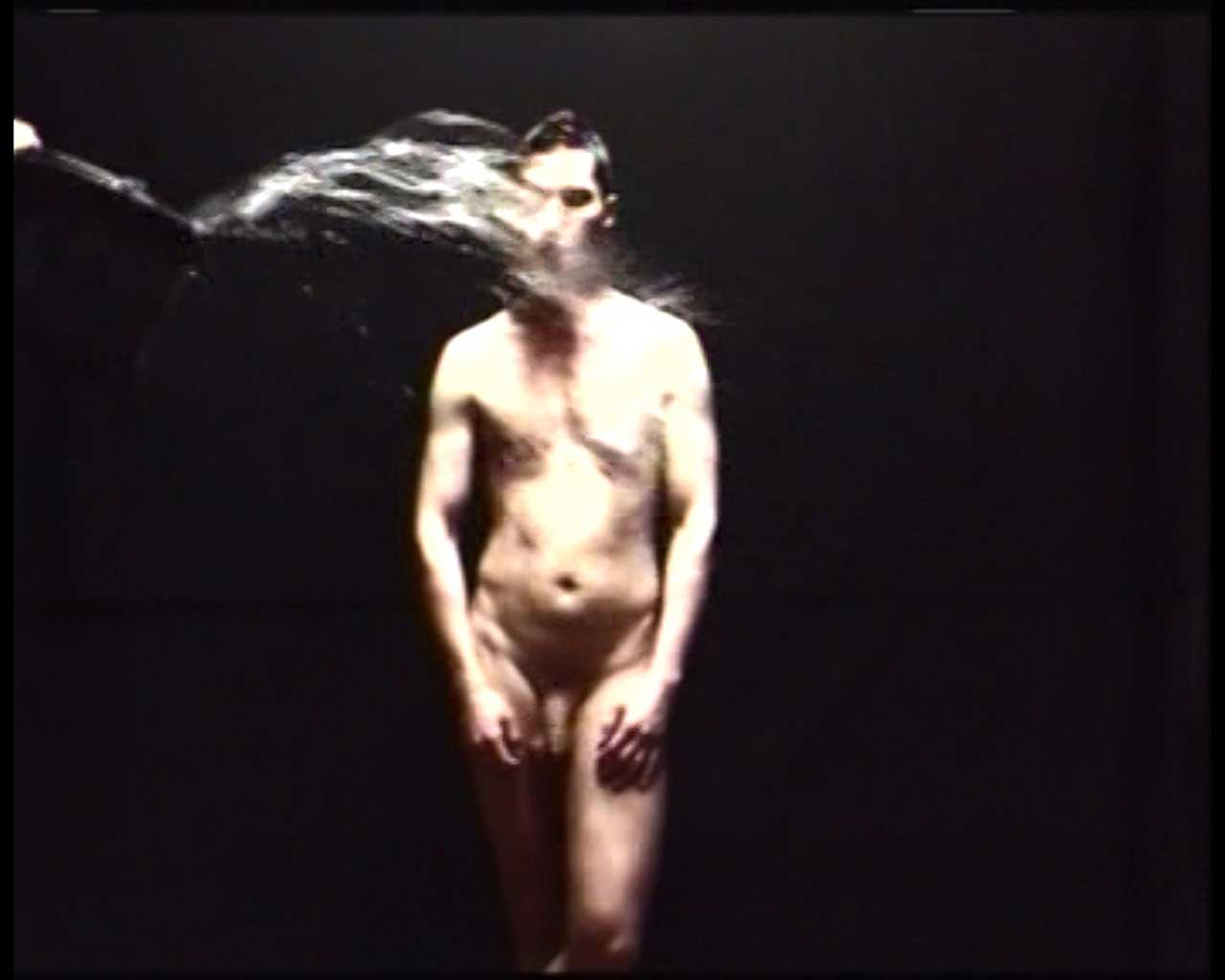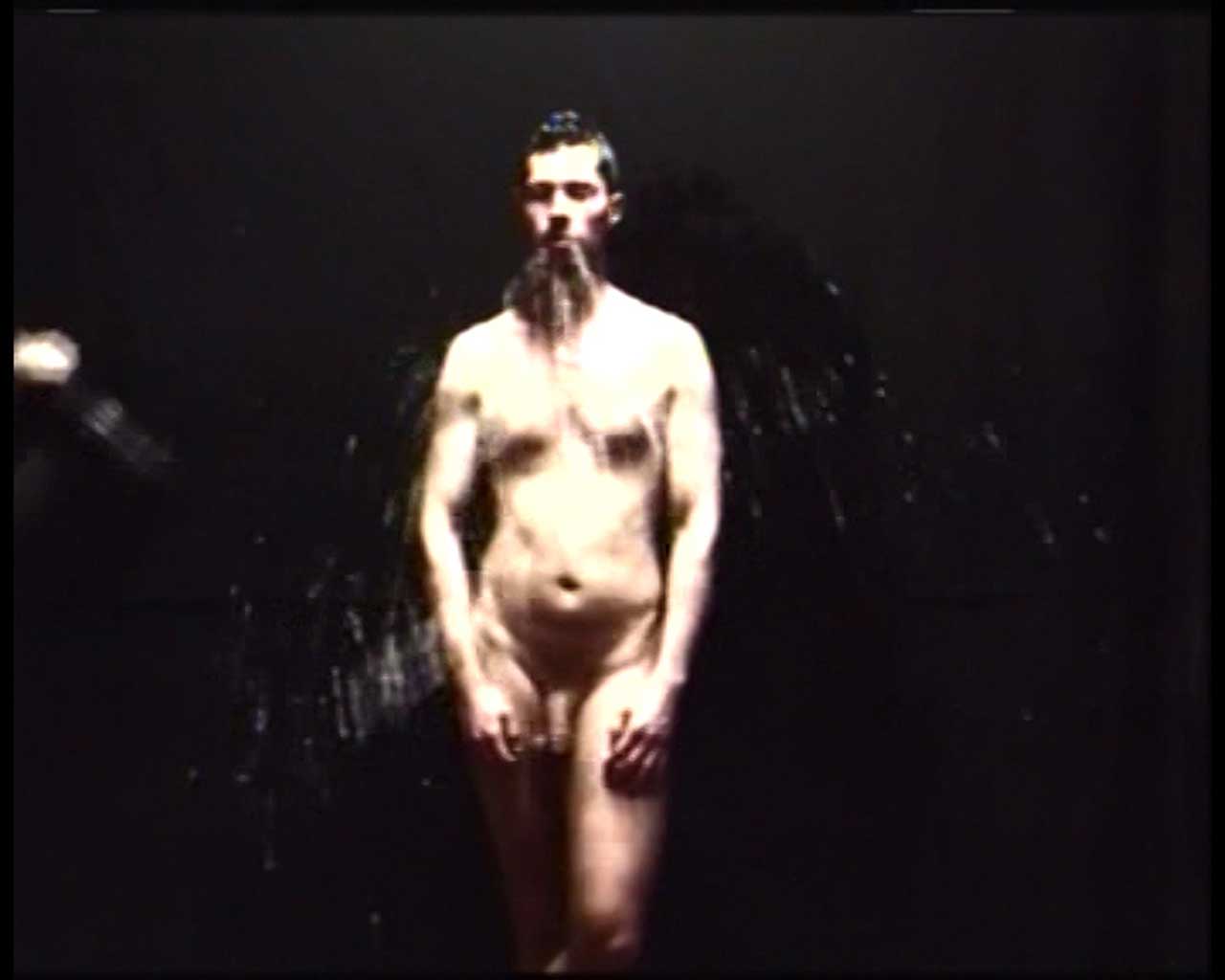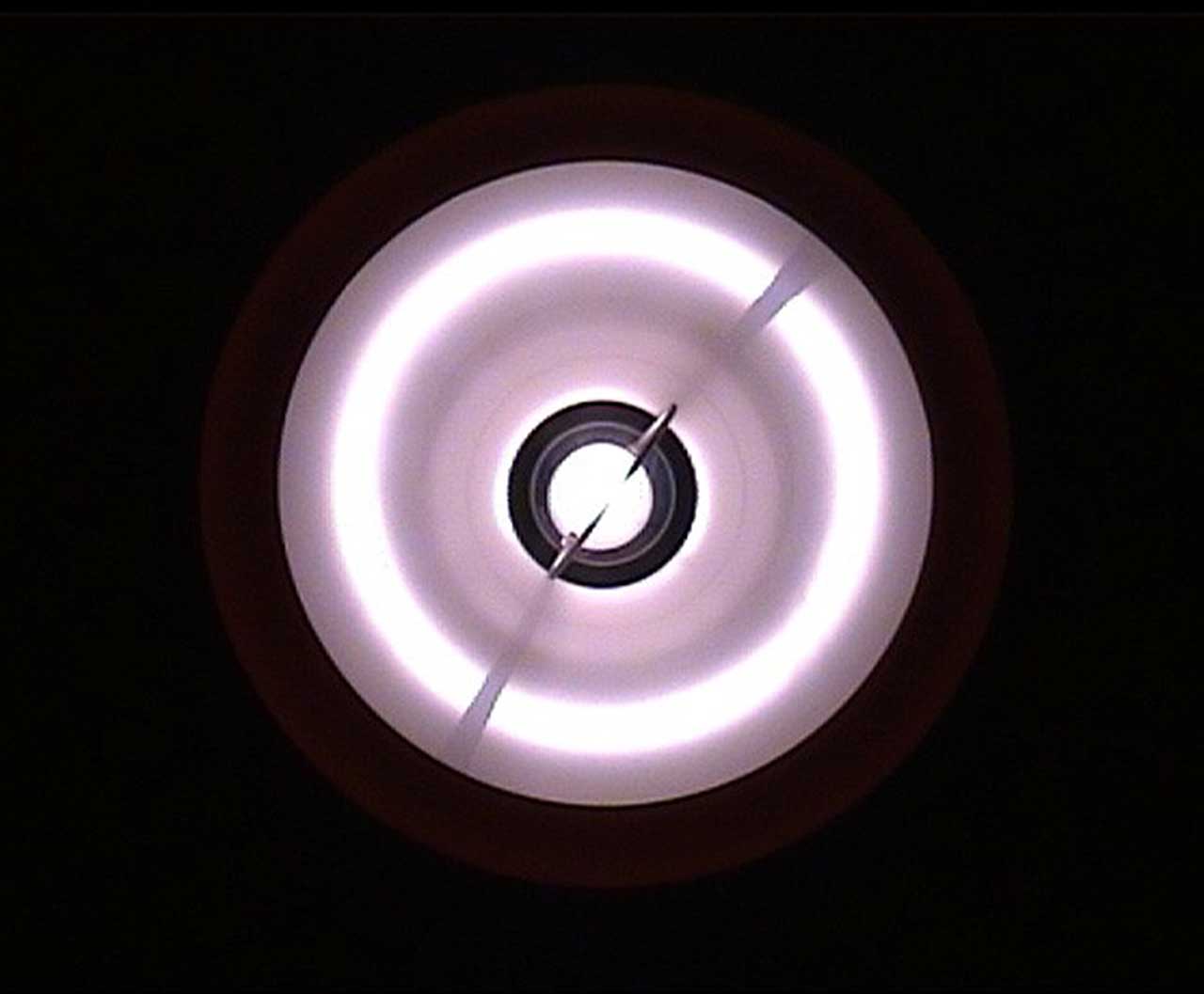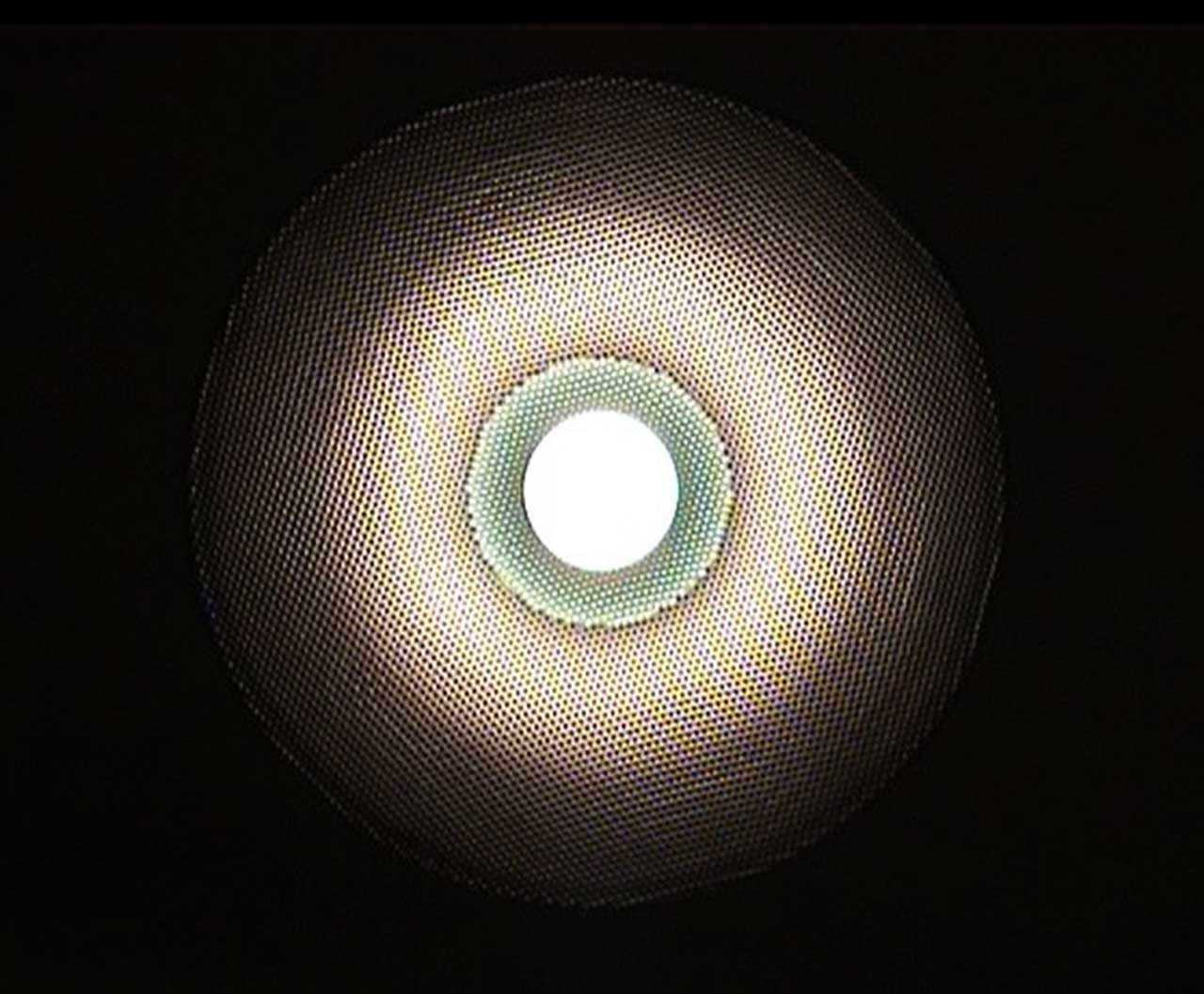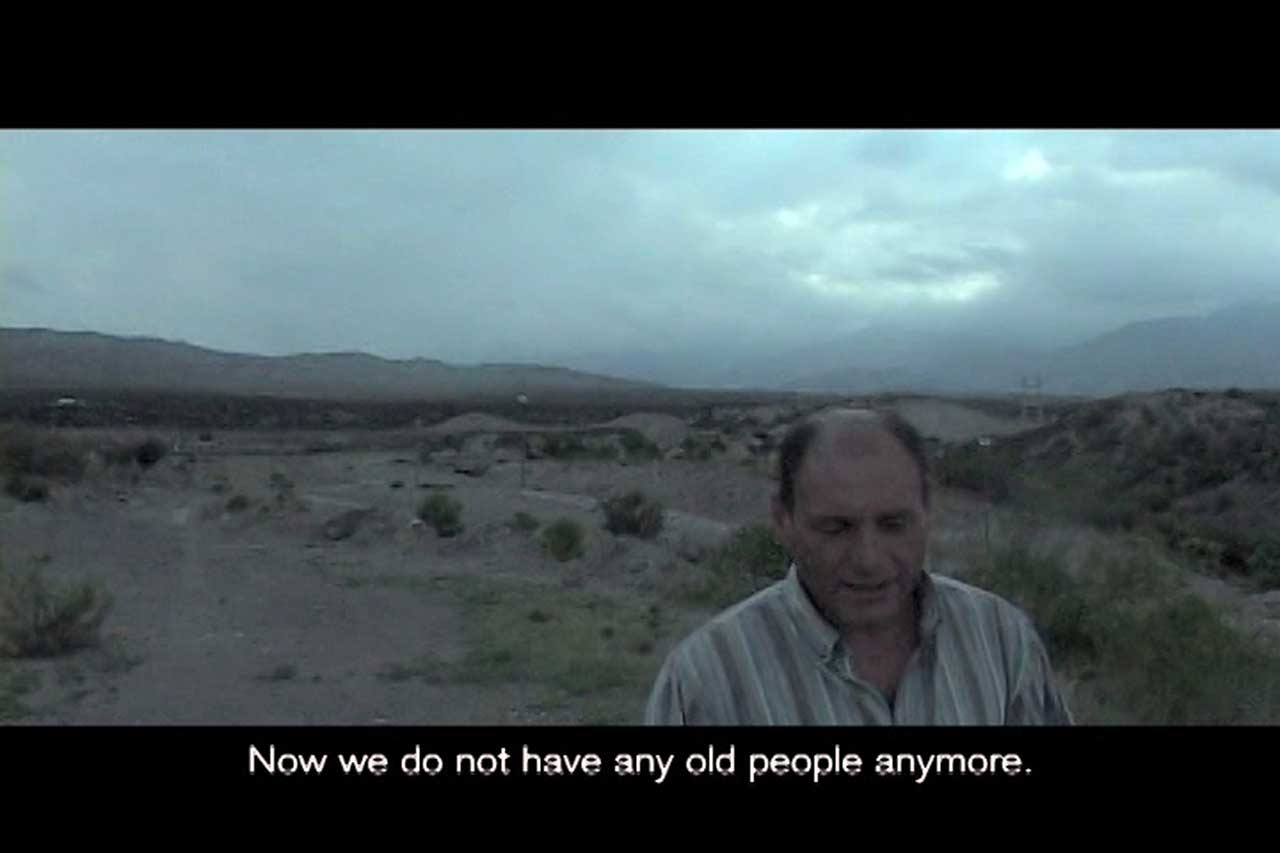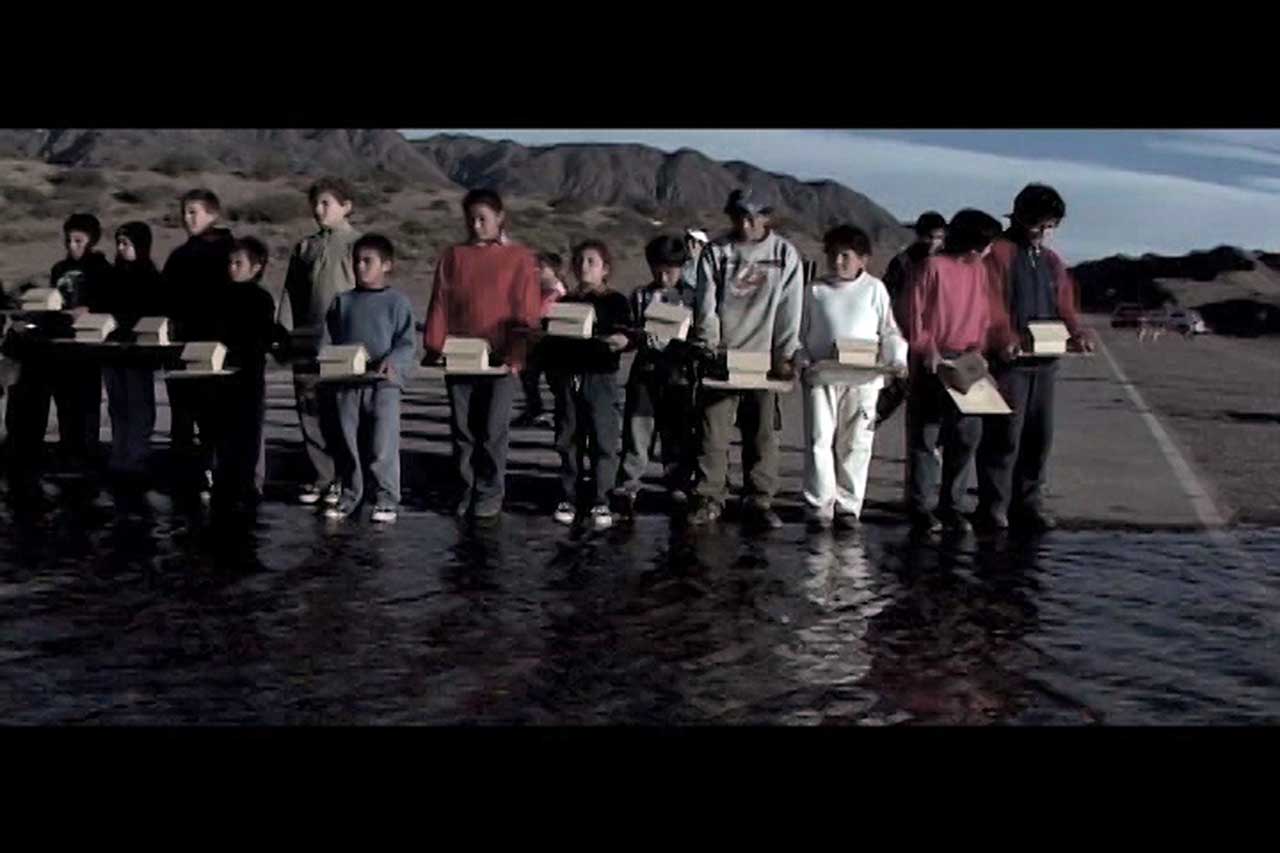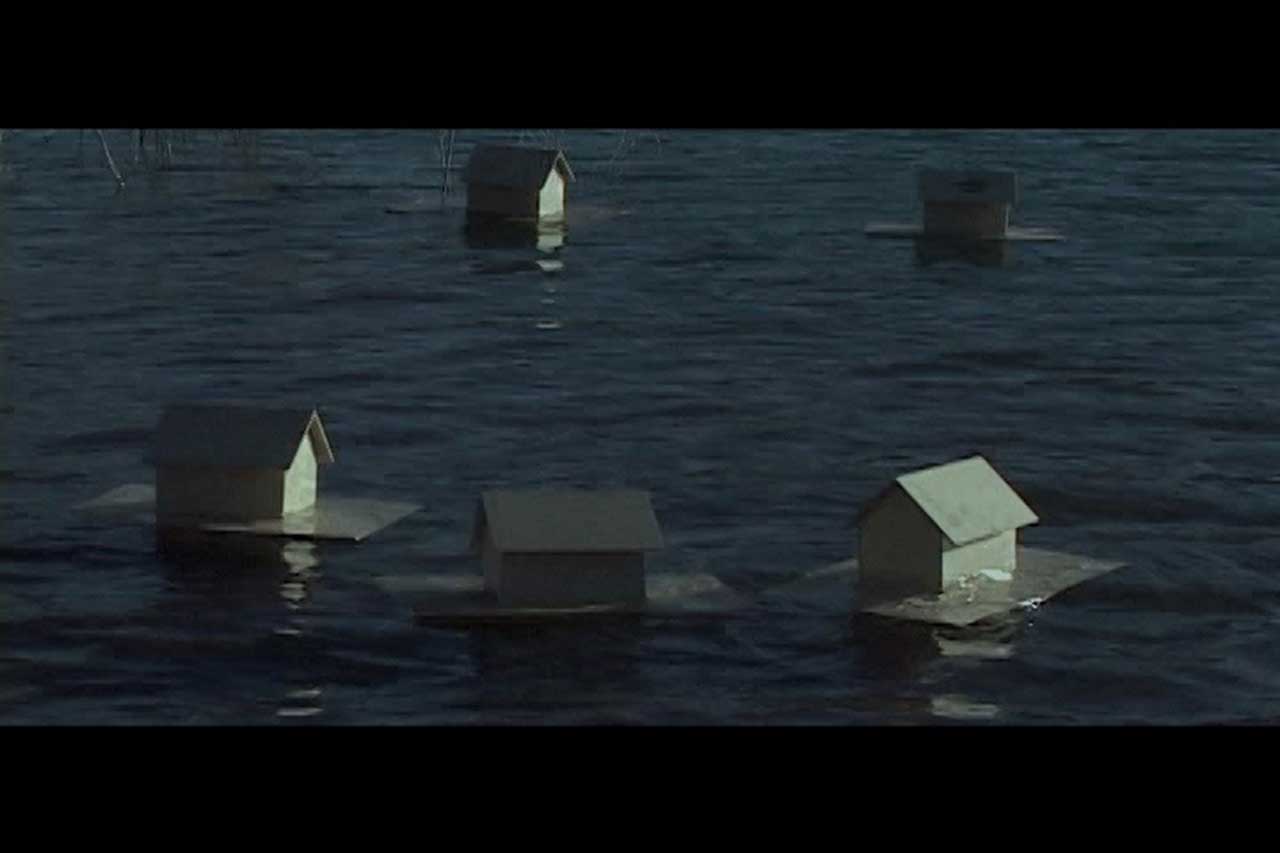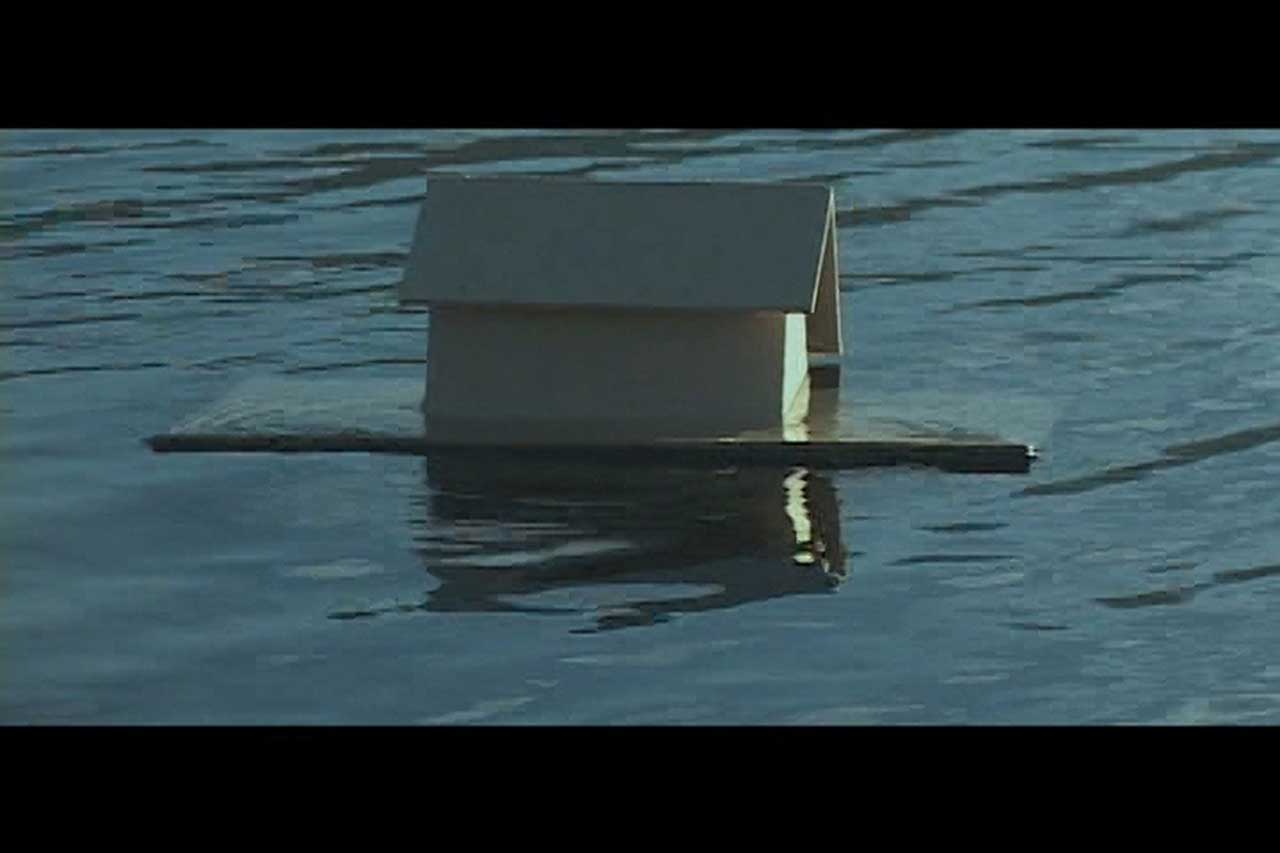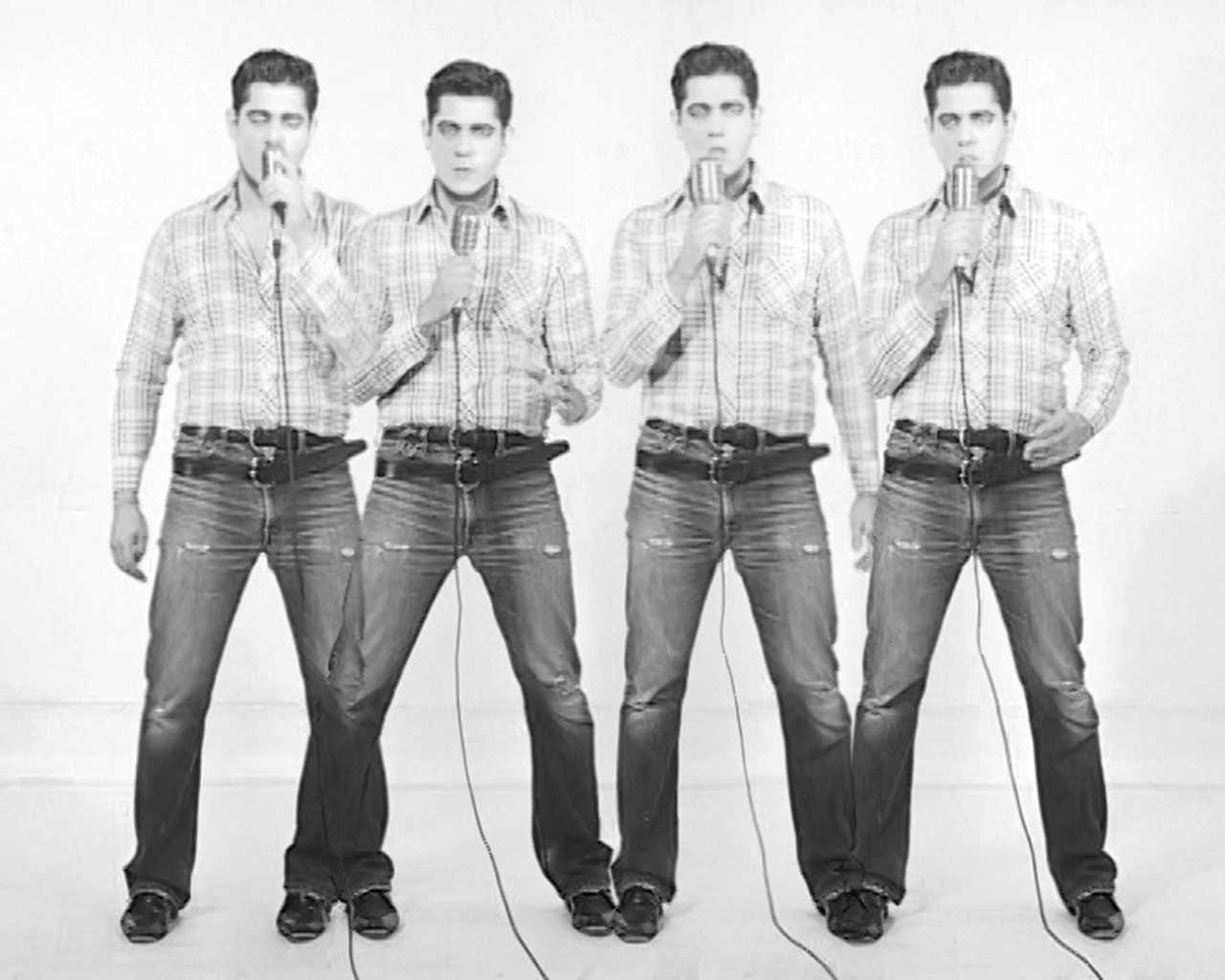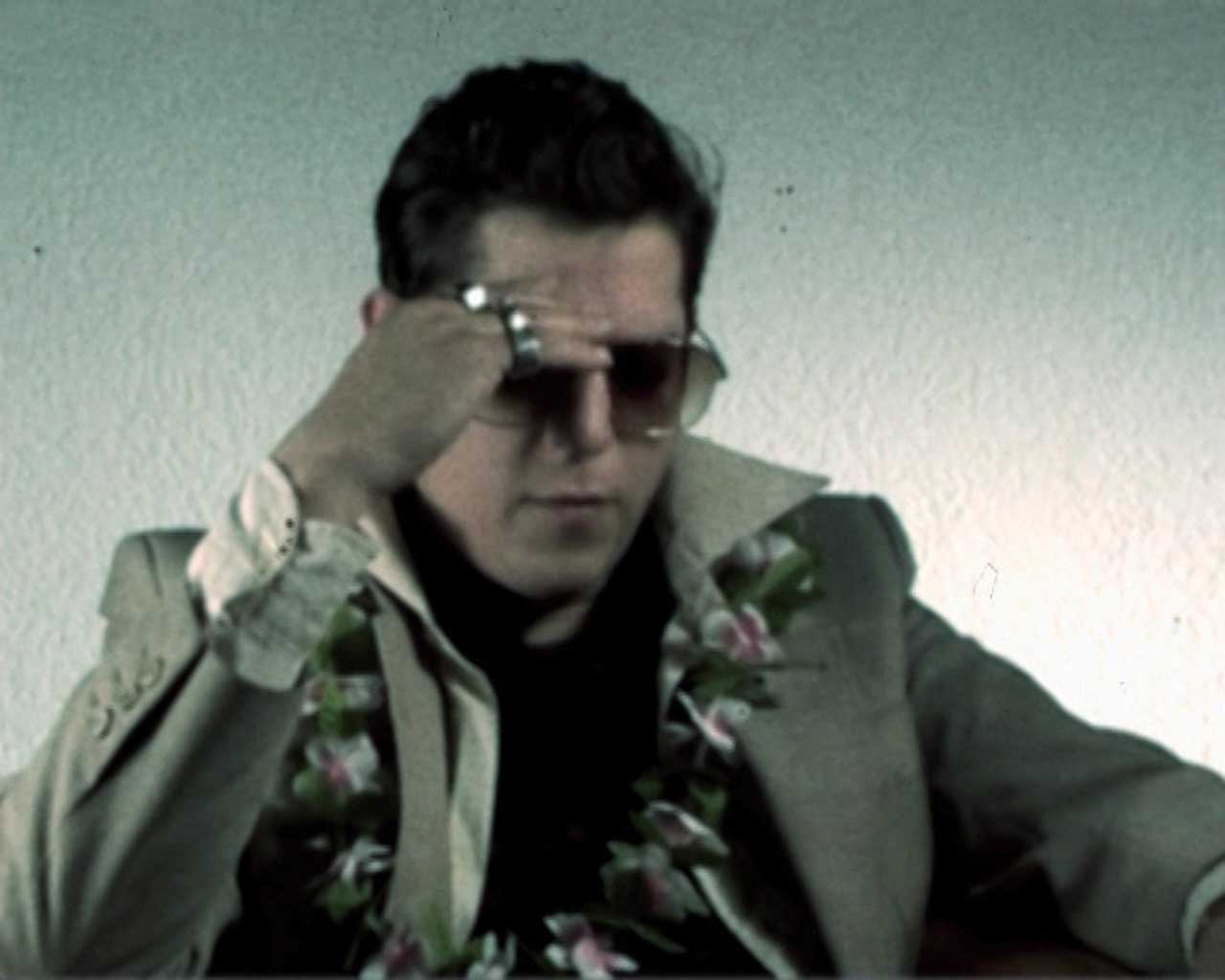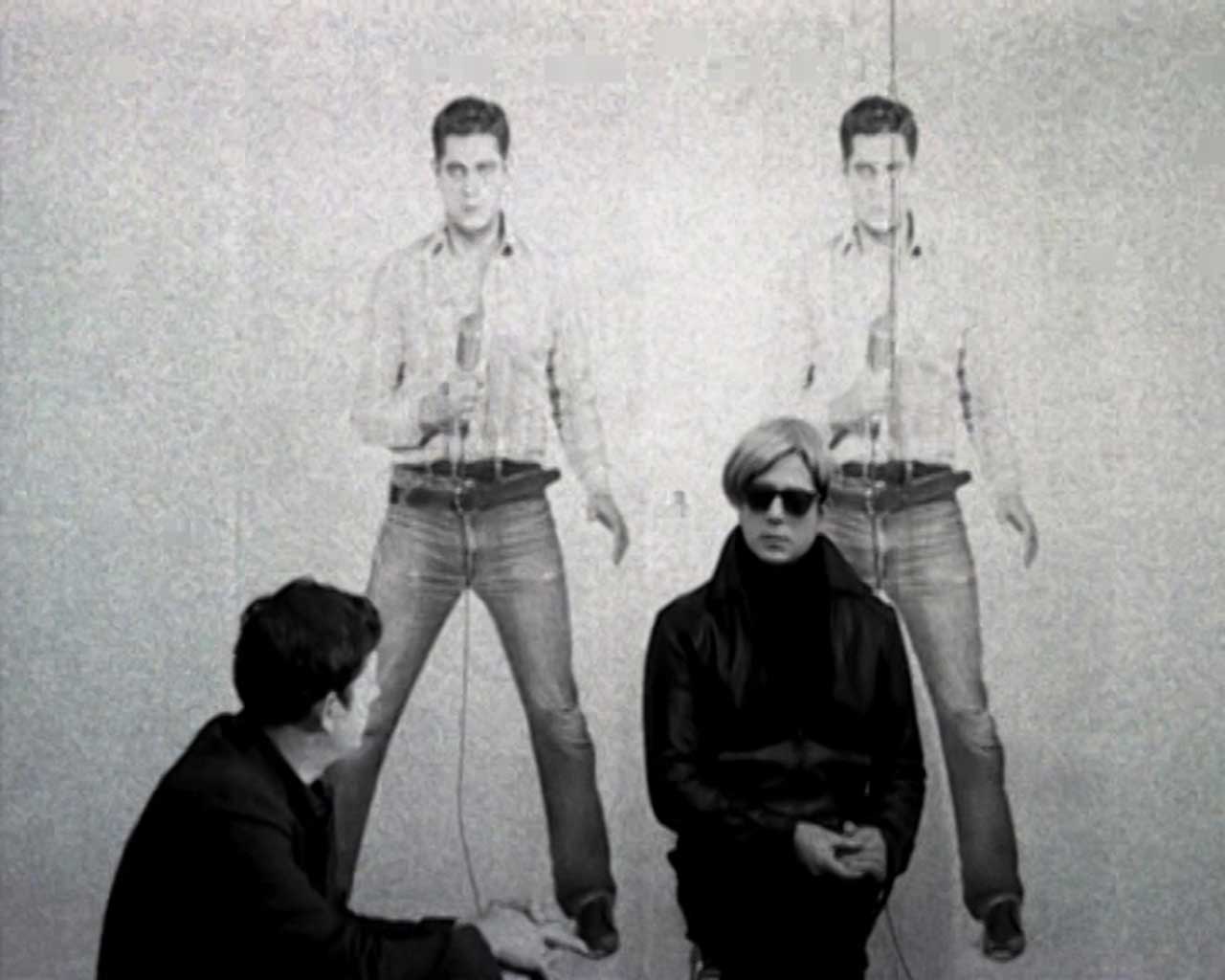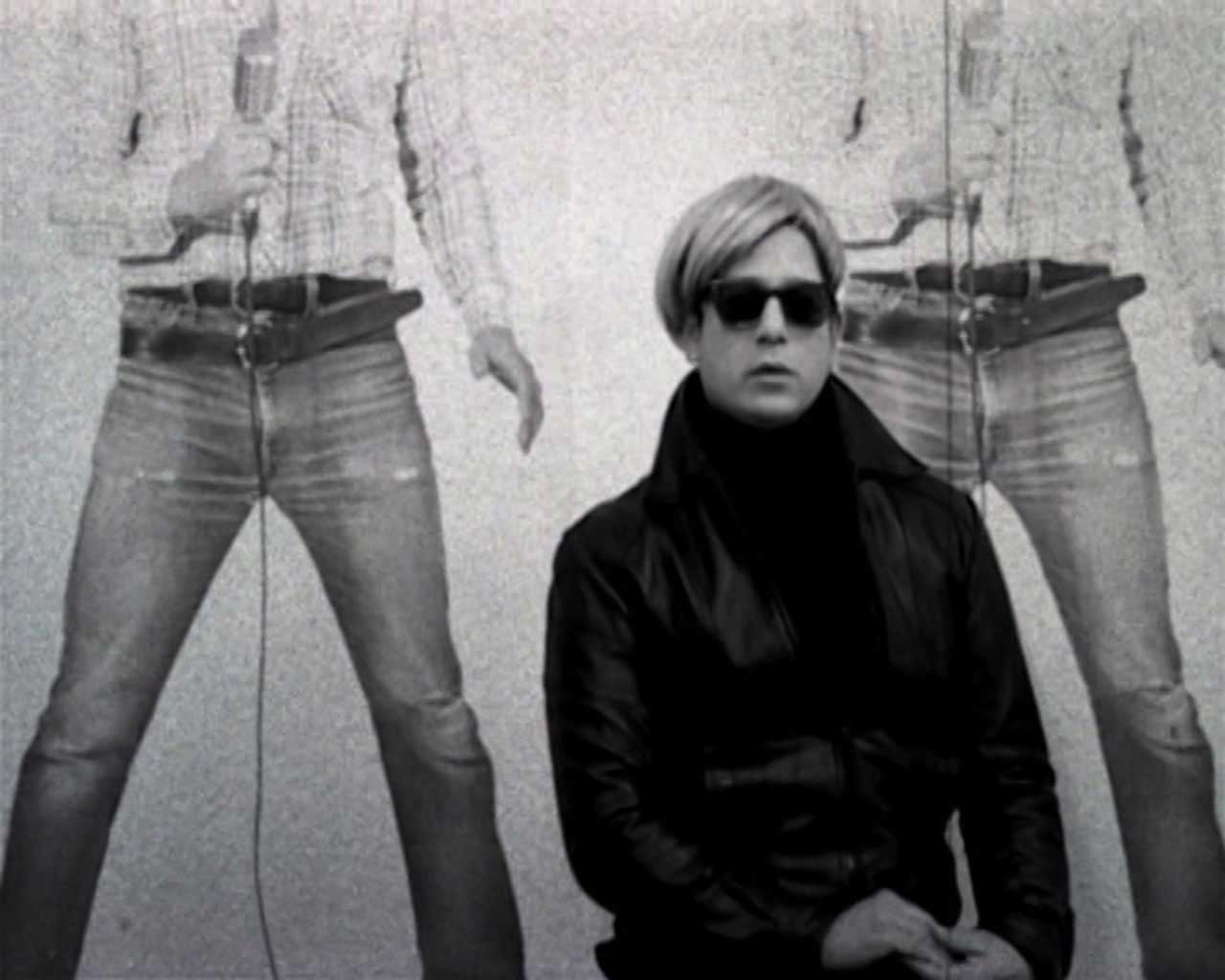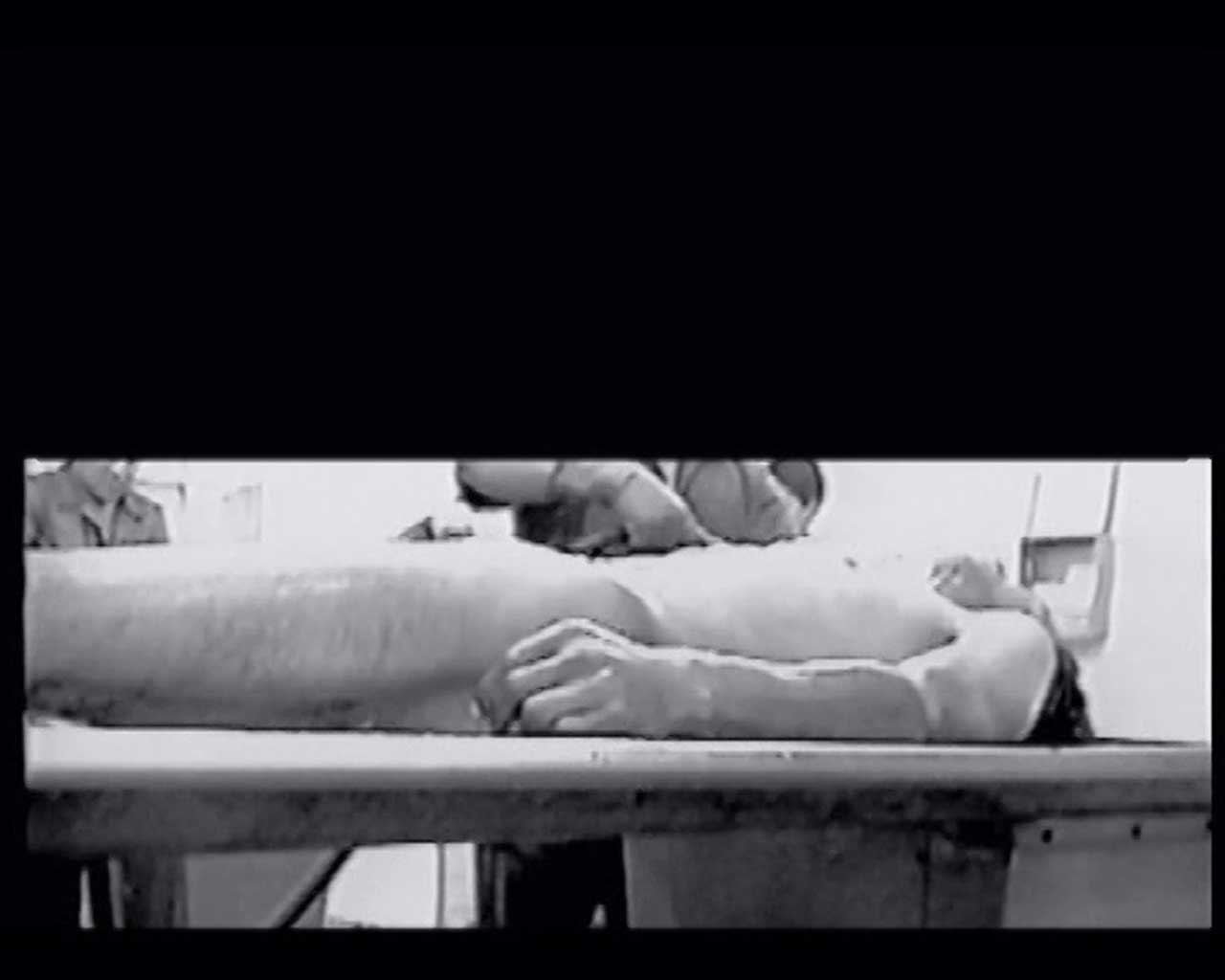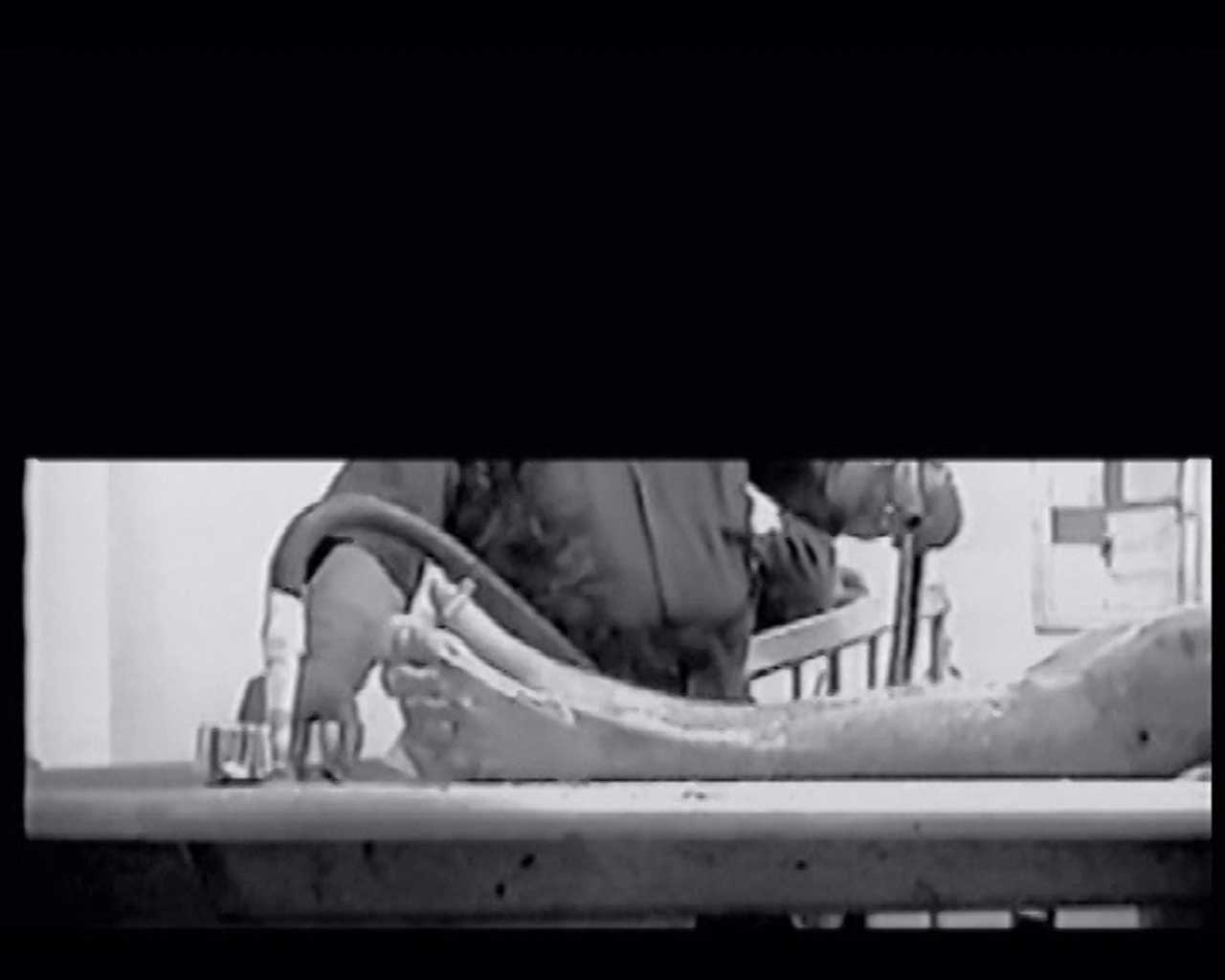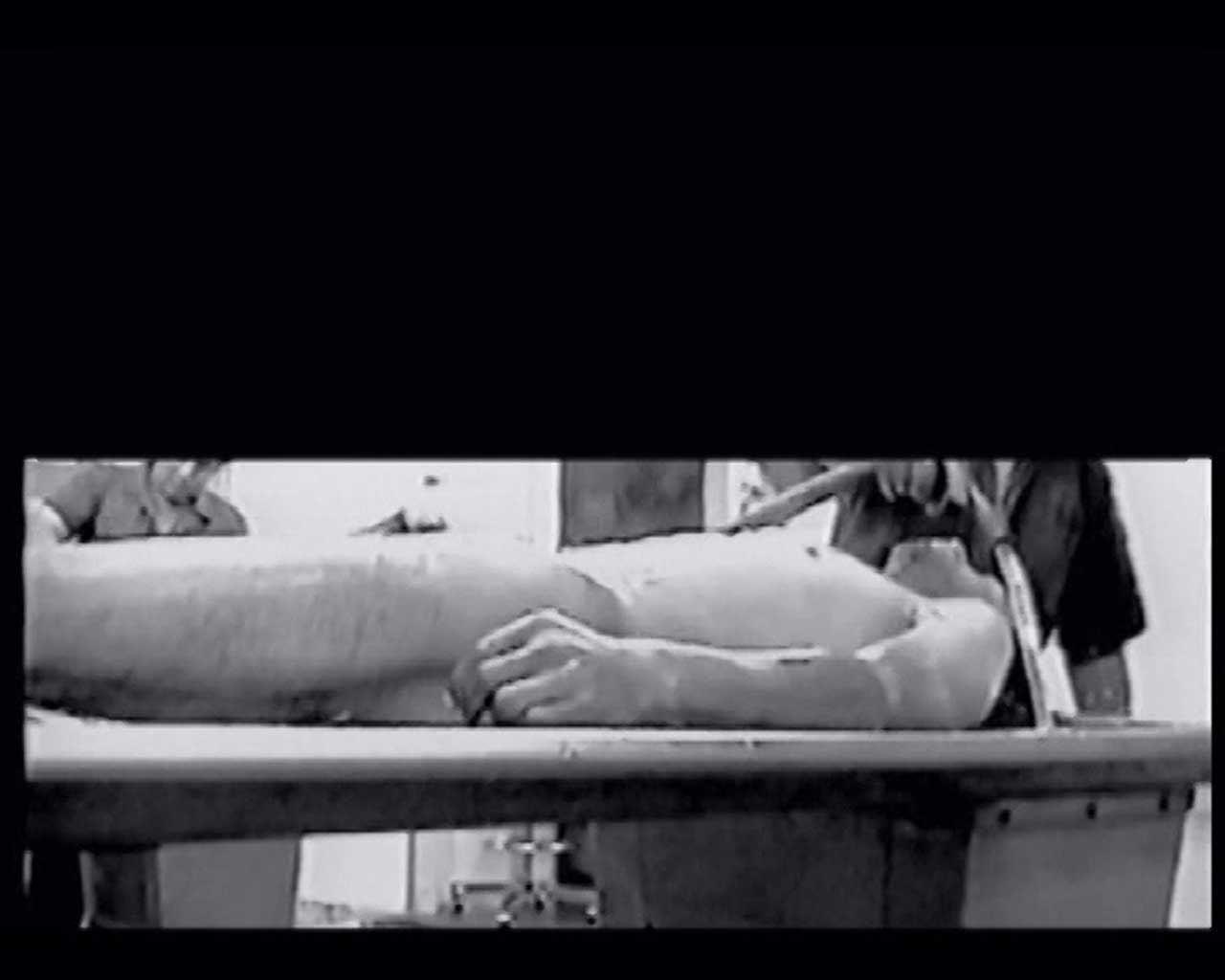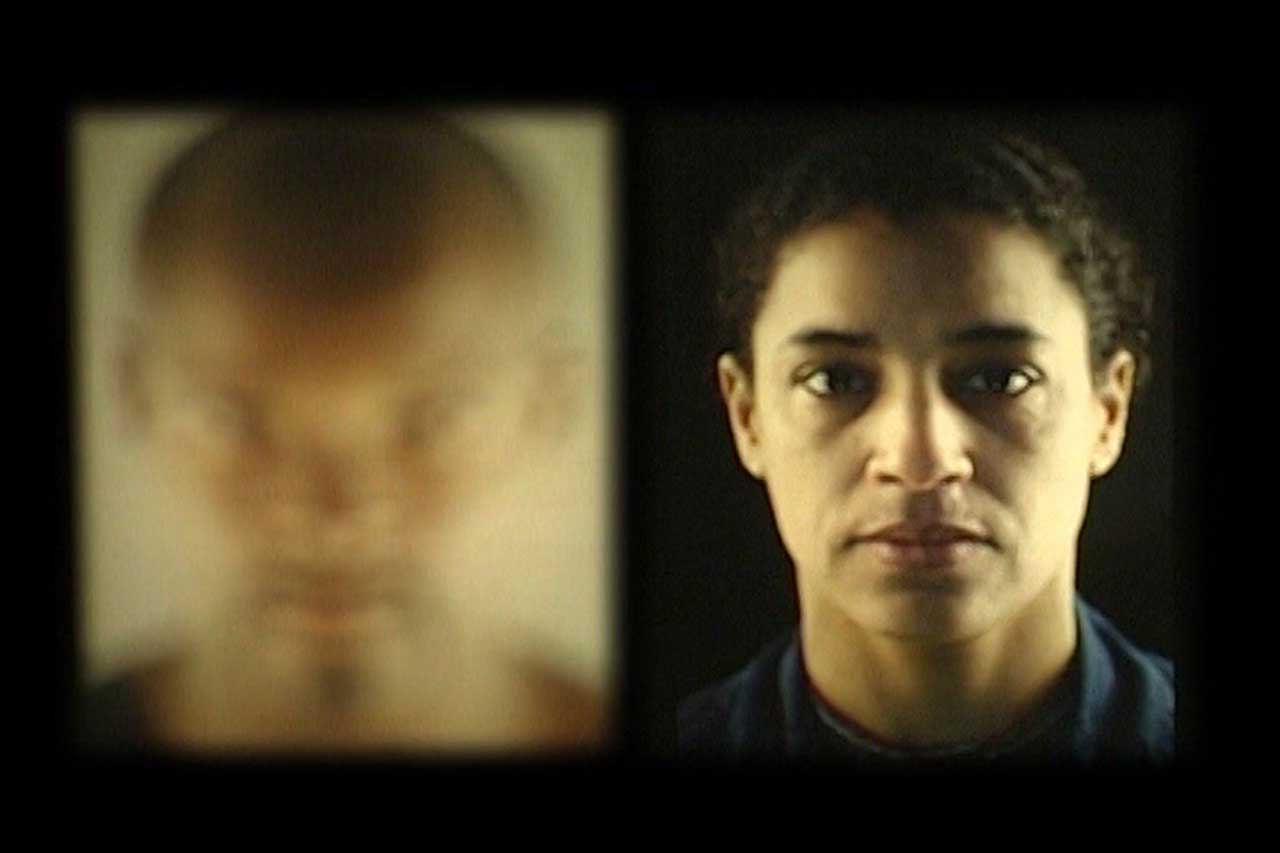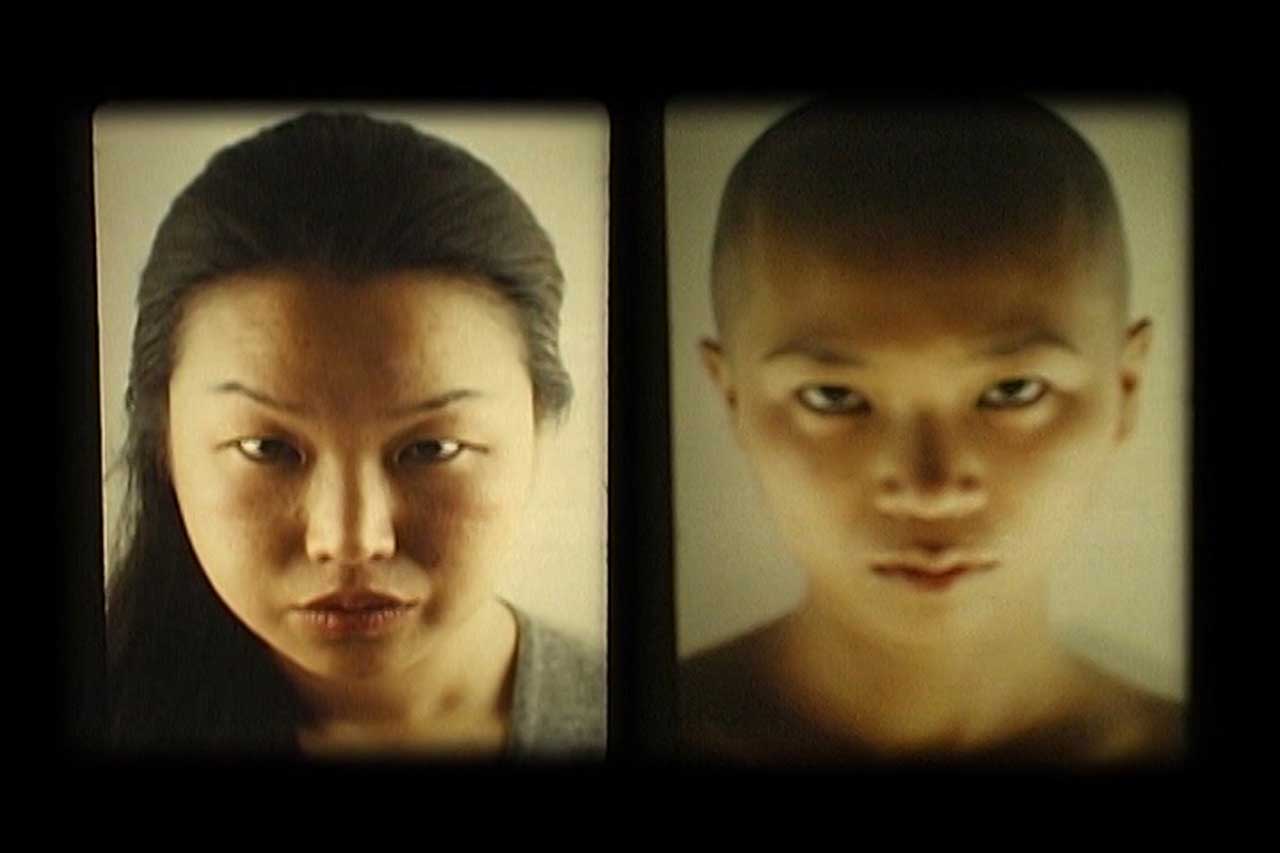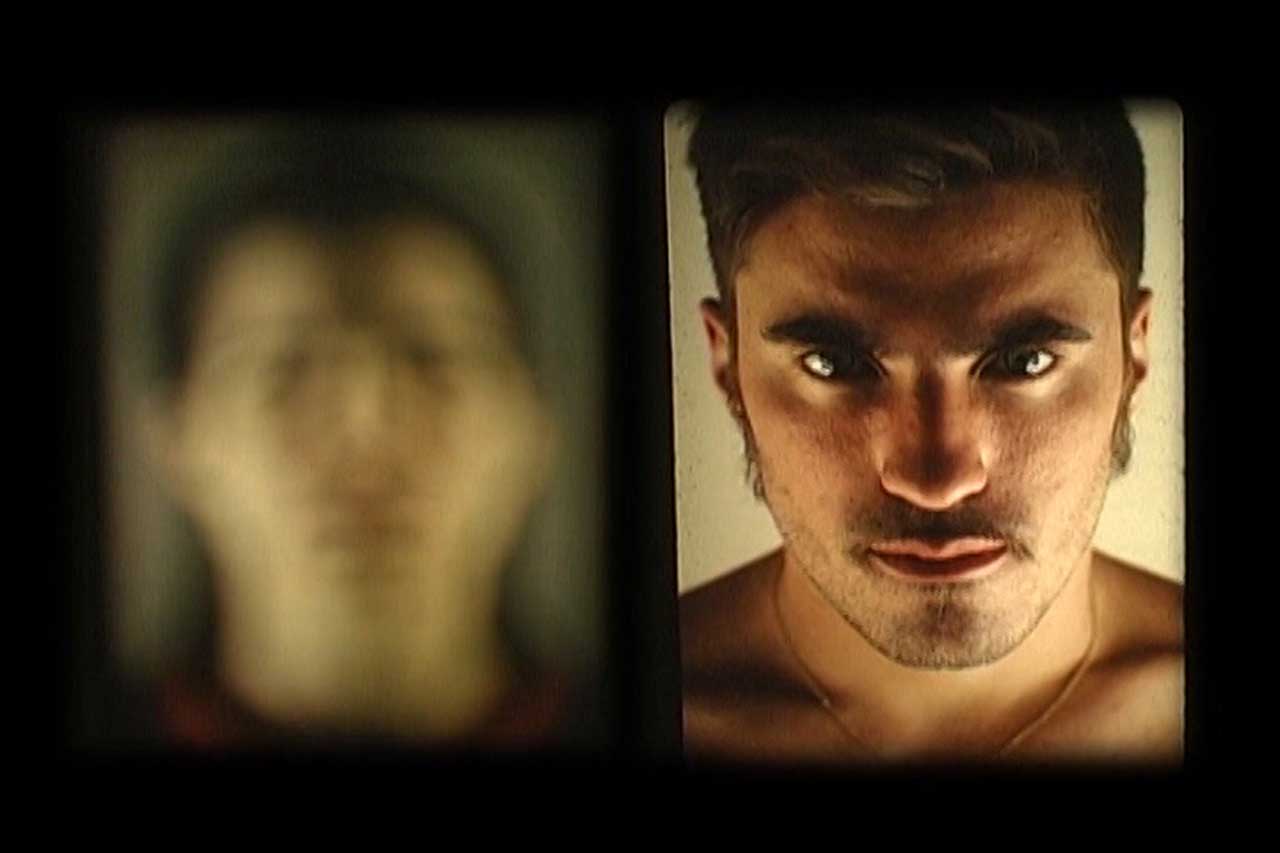The Gentle Giant. Artists from Latin America.
Teresa Margolles / Nils Nova / Tomàs Ochoa
29 April – 25 June 2006
The exhibition seeks to offer a small-scale cross-section of Latin-American artistic production and thought as developed in unusual languages, though the primary medium is video. Its main themes are human existence – its centrality, its resistance to death – and dissipation and dissolution.
For some time Teresa Margolles (Mexico, 1963) has been addressing universal themes using – among other things – an element that is indissolubly connected to life, namely, water. Margolles deploys this element of existence and survival in another way, however, calling into play our responsibilities as human and political beings and showing a different face of civilisation; this is an obscure reality but one we are all familiar with. Working with installations, performance and film, Margolles often uses water as the substance with which dead bodies are washed. In her colour video BAÑO (Bath), 2004, Margolles represents the beauty of man in his entirety, posed and nude. The contrasts of light she uses create an atmosphere that is reminiscent of Caravaggio, just as the beauty reflected by the actor involves the public in his hedonistic gesture and posture. Here next to the double identity of the element – both pure and contaminated – is the life/death duality of water. Suddenly from “off screen” a bucket of water is thrown at the body – three times in succession and at regular intervals. The violence of this gesture transcends the term bath or the concept of “having a wash”. The elements necessary to an interpretation of this first work are also suggested by the second video work on show in the neighbouring room: a back-projection onto transparent paper entitled EL AGUA EN LA CIUDAD (Water in the city), 2004. In this silent work in black and white, the size of the image does not correspond to the standard format of a video. It is a section that extends – vertically pressed down – in a very horizontal way. One thinks one is in a morgue and one has a vision of two arms with rubber gloves washing the body of a man who has died and been placed on a gurney. The relationship pure water/dead body immediately links back with the relationship, illustrated in the previous video, between contaminated water/living body. Other important dichotomies such as black-and-white/colour, sound/silence immediately summon up images of a Memento Mori, where the naked body also suggests the fragility of the human being in the face of life and life’s randomness – and refers not least to the political implications that run through Margolles’ entire work.
The life and artistic career of Nils Nova (El Salvador, 1968) is special. Son of a Salvadoran “dissident”, an “intellectual” unpopular with the regime, and a Swiss mother, Nova – born in Central America – has been forced to live with the hybrid nature of his double origin. Resident in Switzerland, his work is influenced by western aesthetic criteria. The work OVER YOUR HEAD, 2002, starts the exhibition by proposing a dry, minimal and frightening vision of technologies as symbolism of death of humanity and loss of the concept of reality. The artificial light of several electric bulbs and the amplification of the sound produced by the electric current, that makes them function, create an sidereal, terrifying and inhuman. With the video entitled 2 ELVIS 4 YOU, 2006, Nova seeks to reflect on the criteria of western artistic representation. Working within the tradition of quotationism, N.N. starts from Andy Warhol’s 1970s interviews and takes inspiration from Warhol’s work-icon: the portrait-silkscreen-duplicate of Elvis Presley. The artist intervenes in history: he takes on the role of Presley – the icon of a generation – being interviewed, and even replaces Warhol, again on the occasion of a historic interview. Nova – in the video he showed this year at the Kunstmuseum in Lucerne – engages with the history of art and the art market over the last 40 years, seeking to define the paradoxes of present-day artistic production, where imitation and rejection of the previous generation co-exist. The work is a sophisticated video clip that does not draw attention to its sophistication and with which the artist impudently seeks to transcend the medium and its historical principles in order to give back his vision of the official world of art through his own language.
For Tomàs Ochoa (Ecuador, 1965), already present at the Venice Biennale in 2003, narration – as an element of interpretive involvement – is important. Here he presents the work THE DARKROOM – 6M M3, made in 2004. Chronicle of a real event, this filmic work tells of the arrogance of political power, which – for purely macroeconomic reasons – plans and starts to carry out the disappearance of the entire village of Villa Potrerillos in the Andes in order to construct a hydro-electric power station. The building of a dam forces the exodus of a community and a micro-economic system. As often happens in T.O.’s contextual works, his militant political criticism places the spectator before the arrogance of political power and before the cultural roots which it is supposed to safeguard. More than a video this work (31’) is the documentary version of an important historical event, namely the violent uprooting and annihilation of a culture, and the traumatic effect of interaction with reality. Technically sophisticated and cleverly edited, the work highlights the qualities and the communicative peculiarities of an artist who calls into the question the status of the artist inside a sociological culture.
The exhibition is open to the public until 25 June 2006 (Friday to Sunday from 2 pm to 6 pm or by appointment).
Mario Casanova
(Translation Ian Harvey)
Ph © MACT/CACT.
Where
MACT/CACT
Arte Contemporanea Ticino
Via Tamaro 3, Bellinzona.
Opening hours
Friday, Saturday, Sunday
2 p.m. – 6 p.m.

